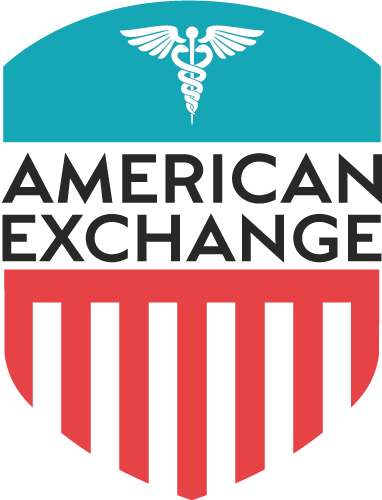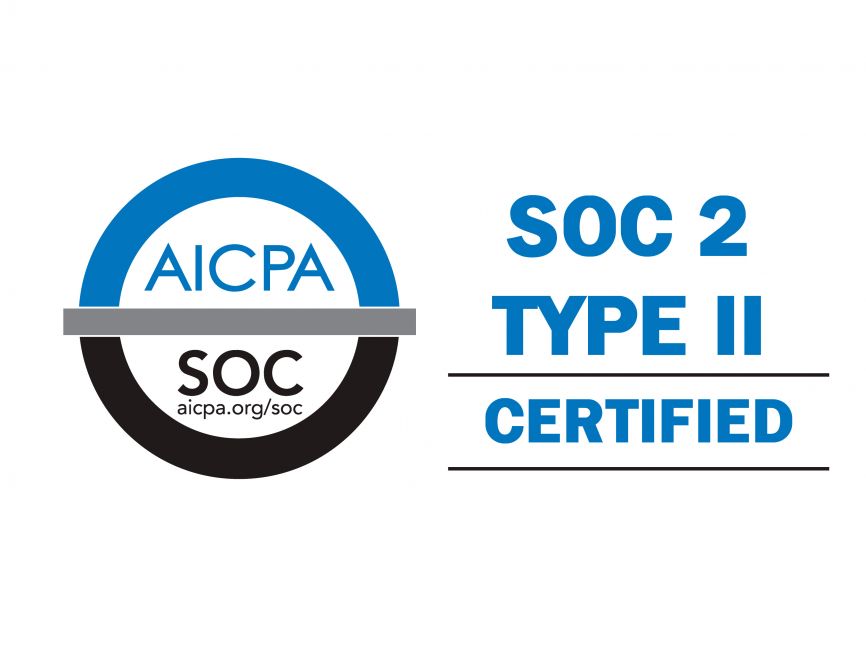How Clarifying 340B Duplicate Discount Policies Can Strengthen Patient Access and Provider Sustainability
The 340B Drug Pricing Program was established to help covered entities stretch scarce resources and continue providing care to underserved populations. However, an increasingly complex issue—duplicate discounts—has cast a shadow over this essential program. In simple terms, duplicate discounts occur when a drug manufacturer gives both a Medicaid rebate and a 340B discount for the same drug, which is prohibited by law.
Despite this clear rule, confusion over reporting requirements, the lack of standardized claims identifiers, and differing state Medicaid policies have made it difficult to track and prevent these duplicates accurately. As a result, 340B covered entities often face significant compliance challenges, strained manufacturer relationships, and threats to program sustainability.
What’s at Stake with Duplicate Discounts?
When duplicate discounts happen, manufacturers may reduce their participation in the 340B program or impose burdensome restrictions that hurt the very clinics and patients the program was designed to support. This disproportionately affects safety-net providers like Ryan White clinics and community health centers that rely on 340B savings to fund critical services such as HIV care, substance use treatment, and outreach programs.
Moreover, the lack of consistent federal guidance on how to prevent duplicate discounts creates uneven enforcement across states. While some states implement strong protections and clear billing practices, others do not, exposing covered entities to risk and confusion.
Common-Sense Solutions to Prevent Duplicate Discounts
The good news? There are practical solutions already on the table that would benefit all stakeholders—manufacturers, covered entities, Medicaid programs, and most importantly, patients. According to the report “Duplicate Discounts and Common-Sense Solutions: Get the Facts” by RWC-340B, these include:
-
National Claims Identifiers: Mandate the use of a standardized 340B claims modifier or identifier in both Medicaid fee-for-service and managed care settings to ensure transparency.
-
Real-Time Eligibility Tools: Implement real-time eligibility and claims tracking technologies to allow all parties to see if a claim is eligible for a 340B discount or Medicaid rebate.
-
Federal Guidance and Oversight: CMS and HRSA should issue unified federal guidance to eliminate variability and confusion in duplicate discount prevention efforts.
-
Enhanced Collaboration: Foster open communication between states, covered entities, and manufacturers to ensure alignment in billing and claims adjudication processes.
These solutions require coordination but are achievable—and more importantly, they are essential to preserving the integrity and intent of the 340B program.*
How American Exchange Can Help
At American Exchange, we understand the unique challenges faced by 340B covered entities. Our technology and compliance tools are designed to help providers:
-
Accurately flag 340B-eligible claims
-
Stay ahead of Medicaid billing requirements
-
Prevent duplicate discounts through real-time monitoring
By working together, we can support a healthier, more equitable future for all.
👉 Want to see how it works? Schedule a demo today and discover how American Exchange can simplify your 340B compliance.
*Source:
RWC-340B. (2023). Duplicate Discounts and Common-Sense Solutions: Get the Facts. Retrieved from https://rwc340b.org/wp-content/uploads/2023/10/RWC-340B-Duplicate-Discounts-and-Common-Sense-Solutions-Get-the-Facts.pdf

